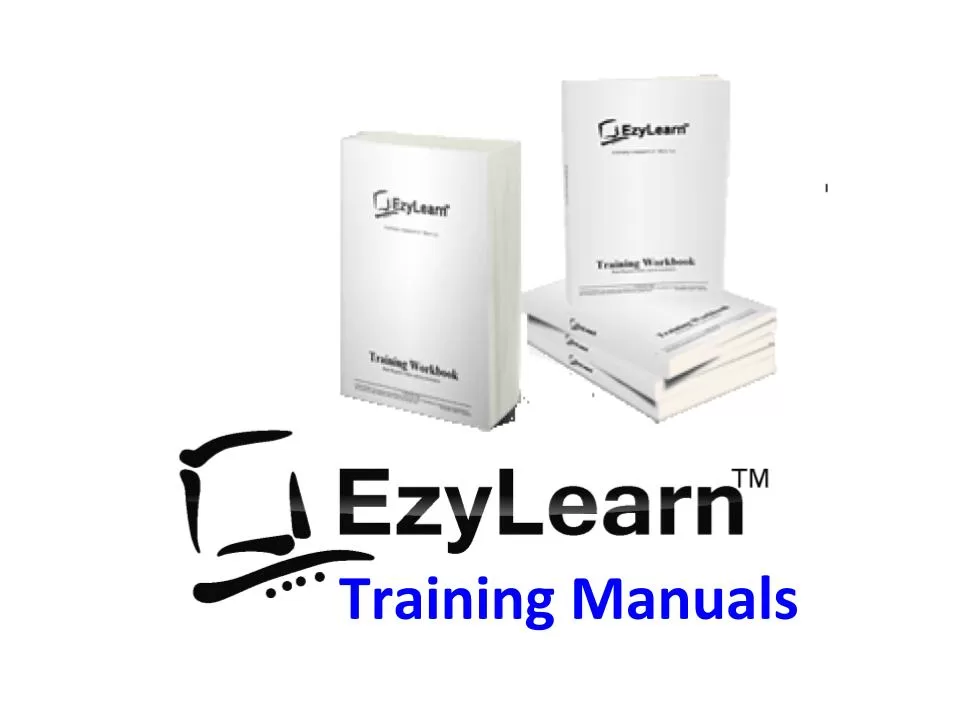Description
Viewing, Multi Pages, Printing Complex Spreadsheets
- Views: There are several ways you can view your spreadsheet on the screen and each has its own purpose.
- Note that that views don’t affect the way your spreadsheet prints.
- Zoom (set and custom), Print Preview and Page Break Preview versus Normal view.
- Page Setup: Including page orientation,
- Scaling and margins, and changing these settings.
- Print areas: Setting and clearing defined print areas,
- understanding the difference between default and set page breaks,
- Inserting and moving page breaks,
- Changing the print order of pages,
- centering the spreadsheet when printing and
- showing/hiding gridlines and headers.
- Introduction to headers and footers,
- using preset and custom headers and footers,
- Learn the use of file information and common fields.
- Freezing panes when viewing so that certain information headers remain on the screen while you scroll through lists, and
- Repeating rows so that when the information is printed rows or column headers are repeated.
- Printing options.
Learn more about Microsoft Excel Intermediate Course 304
Creating, Customising and Formatting Charts & Graphs
- Charting: Creating a simple chart and
- understand that charts are dynamic and based up on the information stored somewhere else within the spreadsheet,
- Inserting labels for heading, the x & y axis, values and more.
- learning how to chart multiple rows and columns
- Charting: Organising your sheet tabs, especially for new chart sheets,
- changing the data range within the chart wizard,
- charting several separate data ranges,
- charting options and different types of charts (pie charts)
- Chart formatting: Understanding chart objects for the purpose of formatting,
- learn and use the buttons in the chart toolbar, and using right-click to format.
- formatting a data series, and parts of a pie chart,
- having 2 different data formats within the one chart and
- how to get charts into Microsoft Word documents.
Learn more about Microsoft Excel Intermediate Course 305
Complex Formulas & Functions for Multi Sheet Files
- Number and percentage formatting: Understanding the various ways of formatting, including
- understanding percentages to better use them in formulas and functions.
- Understand how formatting of cells without data in them can affect your spreadsheet,
- it can look completely different to what you expected to see.
- Sometimes cells can be formatted in such a way that even though you enter numbers, a date may be shown.
- Relative and Absolute Cell references: Understand how relative cell referencing
- learn how to copy formulas and functions quickly.
- understand where relative cells references don’t work and why.
- Absolute cell referencing is a powerful way to reduce the amount of calculations you have to create
- save several columns or rows of typing.
- Learn and understand fundamental mathematical functions that will help you perform most formulas and functions.
- These are fundamental skills that will help make complicated functions easier to understand.
- Understand how to combine two formulas into one and
- write better formulas and
- get to know the order of mathematical calculations.
- Using Functions like Maximum, Minimum and Average
- Getting to know the “Insert Functions dialog box”,
- how to search for a function and
- understand the concept of “arguments” (or syntax) in functions
- function categories such as financial, Date and time, maths and trig, etc.
- Learn how to construct an IF Statement.
- This will change the content of some cells automatically depending on the argument in the IF Statement
- Comments: Understand the uses for comments.
- Insert comments that help to explain the purpose of a cell,
- choose the size and location of the comments and
- control the way they appear on the spreadsheet.
- Edit comments and change the formatting within a comment,
- change the name of the person who made the comment, and
- make sure that the comment appears all the time or only when you move the mouse to it.
- Show/Hide Columns/Rows: Learn how to hide columns or rows that contain confidential information. This way you can print the spreadsheet out without the confidential information, but use the confidential information to perform the necessary calculations.
Learn more about Microsoft Excel Intermediate Training Course 306
UPGRADE option: COMPLETE Excel Course Package
 Want to learn as much as possible about how to use Microsoft Excel from basic to advanced certificate skills?
Want to learn as much as possible about how to use Microsoft Excel from basic to advanced certificate skills?
Explore the Complete Microsoft Excel Course package and get all 9 skill levels in one discounted course price.












